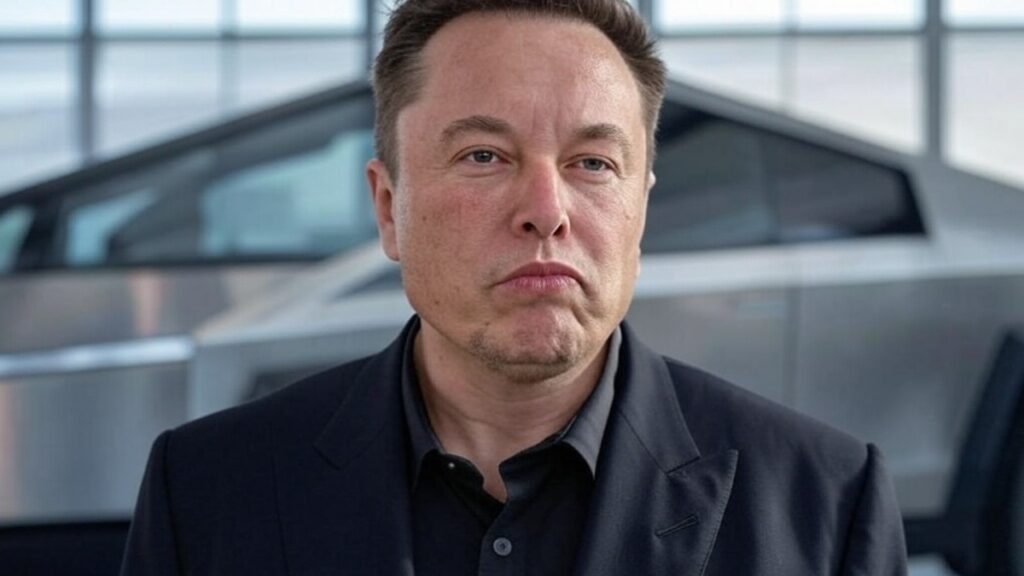Recently, a group of journalists had the rare chance to tour Tesla’s Gigafactory in Berlin, the plant where the iconic Tesla Model Y is manufactured under the guidance of Elon Musk. Following the tour, the team set off on an ambitious 2,500 km trek from Berlin to Madrid, putting the Tesla Model Y Long Range RWD and the Tesla Model 3 Highland Long Range through their paces.
A 2,500 km Adventure in Electric Vehicles
The journey served as more than just a scenic drive; it was a test of endurance, efficiency, and practicality. The team made pit stops at Tesla Superchargers and rival charging stations every 200 to 300 kilometres, ensuring plenty of opportunities to stretch their legs. Remarkably, the electric vehicles often finished charging before the crew had concluded their coffee or restroom breaks.
The central question loomed large: would driving an electric vehicle prove notably more economical than traditional gasoline or diesel cars over such extensive distances?
Cost Comparison: Electric Vehicles vs. Gas and Diesel
The journalists turned to official EU data to assess fuel prices across the nations they traversed, which provided a fairly solid estimate despite regional price fluctuations. They used a gasoline vehicle averaging 7 litres per 100 kilometres and a diesel vehicle at 5.5 litres per 100 kilometres for their economic analysis.
Diesel Outperforms in Cost Efficiency
The findings were enlightening. The charging cost for the Tesla Model Y over the 2,500 km journey exceeded that of refuelling a diesel vehicle by 53.62 euros. In comparison to a gasoline vehicle, the electric car incurred a cost discrepancy amounting to 136.61 euros.
These figures indicate that, considering both time and economic factors, a diesel car remains the more efficient option for long-distance travels. Frequent charging stops for the electric car often extended total travel time, making the traditional fuel option appear faster and more economical.
The Savings Potential of Slower Charging
It’s essential, however, to approach these results with caution. The team relied solely on Tesla Superchargers, which, while fast, tend to be pricier. Had they opted for slower charging stations or overnight charging, the cost difference could have been considerably less significant.
Moreover, incorporating various charging methods along the journey could drastically reduce expenses. Selecting slower, cost-effective charging stations—particularly during meal or rest breaks—might lead to additional savings without sacrificing convenience.
Maintenance Costs: An Underestimated Factor
While the initial financial differences between electric vehicles and their diesel or gasoline counterparts may seem minimal, long-term costs such as maintenance could swing the balance towards electric cars. Diesel vehicles typically have higher upkeep costs due to their intricate engines and components, which can add up significantly over time, making electric vehicles an economically favourable option in the long run, despite a steeper upfront cost.
Making the Right Choice for You
Ultimately, the choice of which car to invest in rests upon individual preferences and requirements. Some drivers may lean towards cost efficiency on long hauls, firmly placing diesel in the driver’s seat. Conversely, others might prioritise environmental sustainability or choose the convenience and lower maintenance costs associated with electric vehicles.
The bright side is that the current automotive market is brimming with diverse options tailored to a wide array of needs. Whether you’re after lower running costs, a reduced carbon footprint, or rapid travel, there’s a vehicle out there that suits your unique lifestyle.
In summary, while electric cars deliver numerous benefits, diesel retains a distinct advantage for those seeking the most economical alternative on long distances. As advancements in technology and infrastructure continue to unfold, the divide between these vehicle types may shrink further, offering even more choices for discerning consumers.







